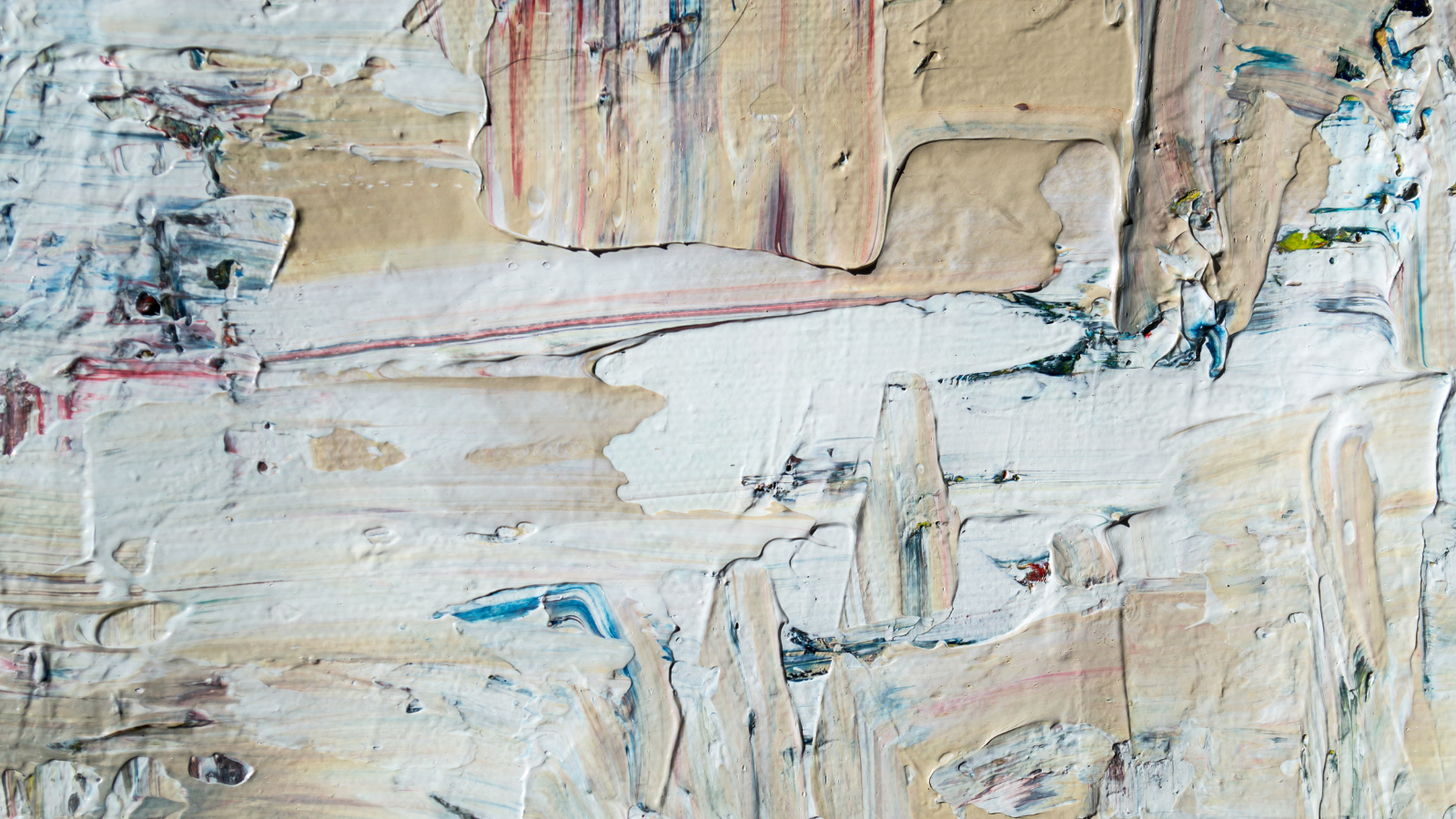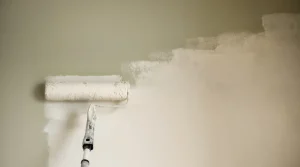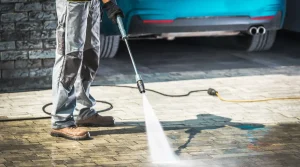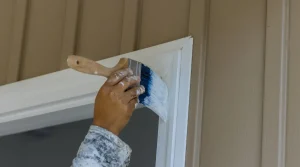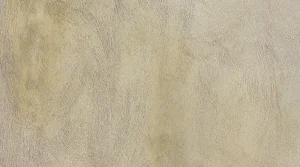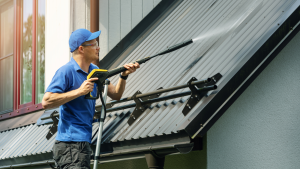Textured painting can transform a plain wall into a work of art, adding depth and character to any space. However, achieving that perfect textured finish is a significant feat. As a content writer delving into the intricacies of painting, it’s essential to understand the common difficulties in textured painting, the most challenging aspects, and practical solutions for troubleshooting and correcting mistakes.
Visit https://newcityhousepainter.com/ for more details.
Common Difficulties in Textured Painting
Textured painting poses several challenges, especially for those new to the craft. Here are some common difficulties:
- Surface Preparation: Achieving a flawless texture requires a well-prepared surface. Any imperfections on the wall can become more pronounced after texturing.
- Material Consistency: Ensuring the paint or texture compound has the right consistency is crucial. Being too thick or thin might result in an uneven finish.
- Application Technique: Different textures require different techniques. Consistent application can result in an uneven and attractive finish.
- Drying Time: Textured paint has a longer drying time than regular paint, which can be tricky for those in a hurry.
- Colour Uniformity: Maintaining consistent colour across textured surfaces can be challenging due to the varying depths and angles of the texture.
- Cleanup: Textured painting could be better than flat painting, requiring more thorough cleanup efforts.
The Most Challenging Part of Textured Painting
The most challenging part of textured painting is mastering the application technique. Whether using a brush, roller, or trowel, getting a consistent texture requires practice and skill. Inconsistent pressure, speed, or motion can lead to an uneven texture, detracting from the overall look.
Common Issues Faced During Application
Several issues can arise during the application of textured paint:
- Uneven Texture: Inconsistent application techniques can lead to uneven texture, making the wall look patchy.
- Drips and Runs: Textured paint is thicker and more prone to drips and runs, ruining the finished look.
- Cracking: If the texture layer is too thick, it can crack as it dries.
- Colour Streaks: Uneven colour distribution can occur if the paint needs to be mixed well or applied inconsistently.
- Bubbling: Air bubbles can get trapped under the texture, creating unsightly bumps.
- Peeling: Poor adhesion between the texture and the wall can lead to peeling over time.
Troubleshooting Tips and Solutions
Here are some troubleshooting tips and solutions for common textured painting issues:
- Uneven Texture: Practice your technique on a test surface before applying it to the wall. Ensure consistent pressure and motion during application.
- Drips and Runs: Use a thicker texture compound to minimize drips. Work in small sections to maintain control.
- Cracking: Apply thinner layers of texture and Let every layer completely dry before adding the next.
- Colour Streaks: Mix the paint thoroughly before application and apply it evenly. For more consistent coverage, think about utilizing a paint sprayer.
- Bubbling: Ensure the wall is clean and dry before applying texture. Use a primer to seal porous surfaces.
- Peeling: Ensure the wall is primed correctly, and the texture compound is good quality. Avoid applying texture in very humid conditions.
Avoiding and Correcting Mistakes
Avoiding mistakes in textured painting begins with proper preparation and technique. Here are some additional tips:
- Surface Preparation: Clean and prime the wall thoroughly before starting. Fill in any holes or cracks.
- Consistent Mixing: Mix the texture compound thoroughly to avoid lumps and ensure consistency.
- Test Area: Always test your technique on a small, inconspicuous area before committing to the entire wall.
- Layering: Apply thin, even layers and allow each to dry completely before adding the next.
- Cleanup: Clean tools immediately after use to prevent the texture compound from hardening.
6 Common Textured Painting Challenges, Causes, and Solutions
- Uneven Texture
- Cause: Inconsistent application technique.
- Solution: Practice on a test surface using consistent pressure and motion.
- Drips and Runs
- Cause: Using too much texture compound or working too quickly.
- Solution: Apply in thin, even layers; use thicker compound if needed.
- Cracking
- Cause: Applying texture too thickly.
- Solution: Apply thinner layers and allow proper drying time.
- Colour Streaks
- Cause: Poor mixing or uneven application.
- Solution: Mix paint thoroughly and apply evenly; use a paint sprayer if possible.
- Bubbling
- Cause: Trapped air or moisture under the texture.
- Solution: Ensure the wall is clean and dry; use a primer on porous surfaces.
- Peeling
- Cause: Poor adhesion between texture and wall.
- Solution: Prime the wall properly, and avoid applying in humid conditions.
Conclusion
Textured painting offers a unique way to add depth and character to your walls but comes with its own challenges. You can achieve a professional-looking textured finish by understanding the common difficulties and implementing practical solutions. Remember, practice and patience are key. Whether you’re tackling uneven textures, drips, or peeling, proper preparation and technique will help you create stunning results. Happy painting!

